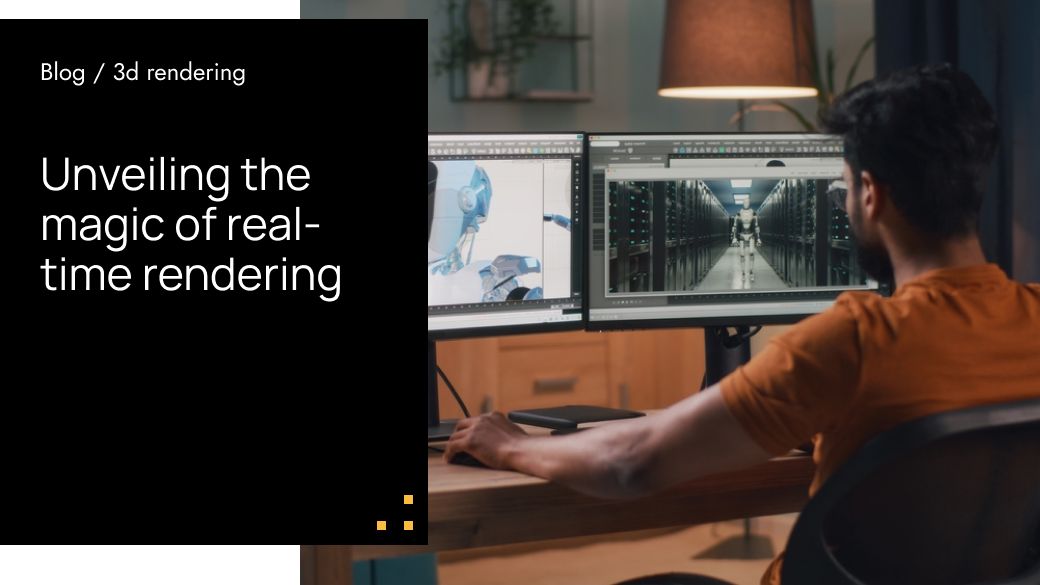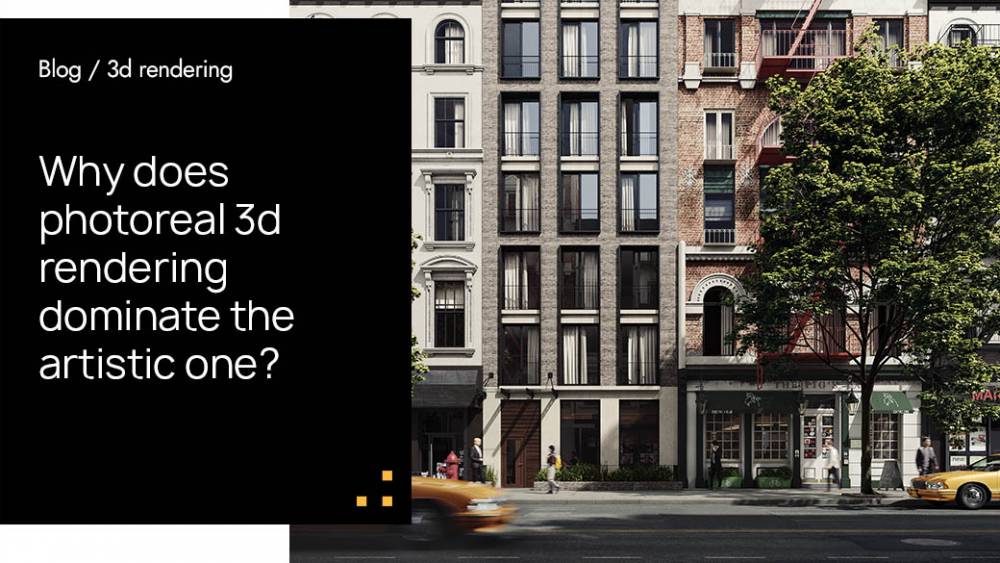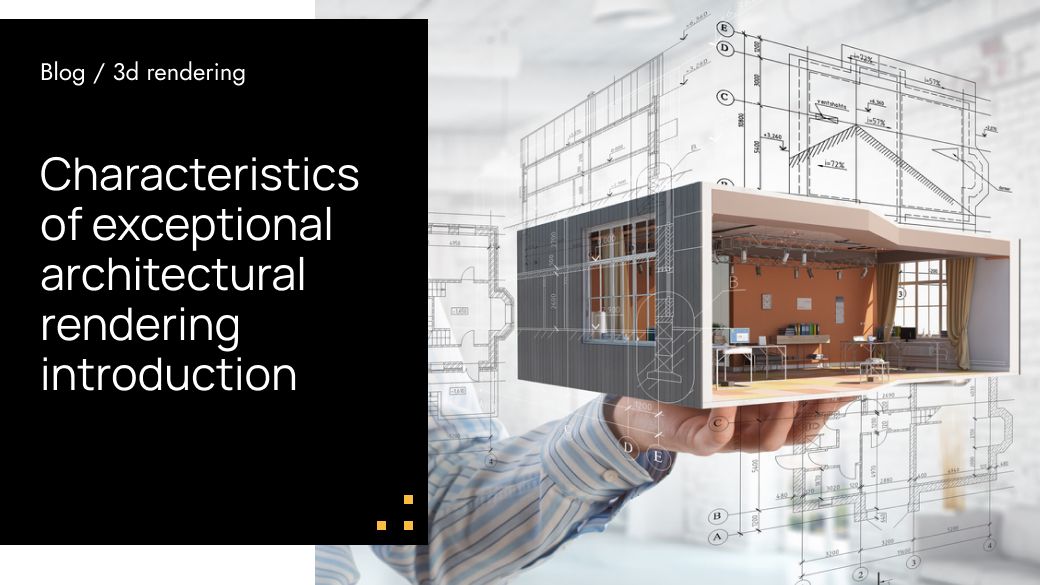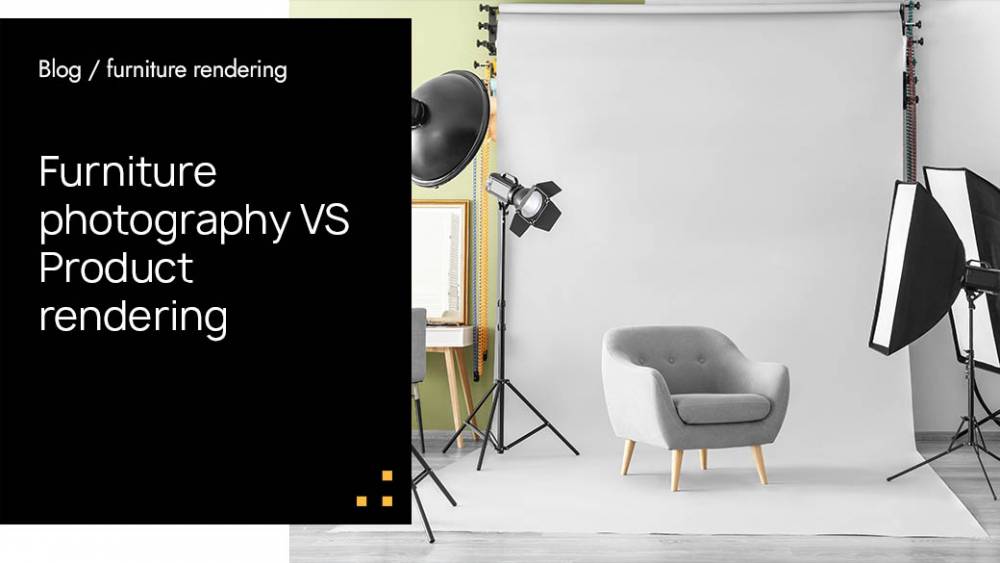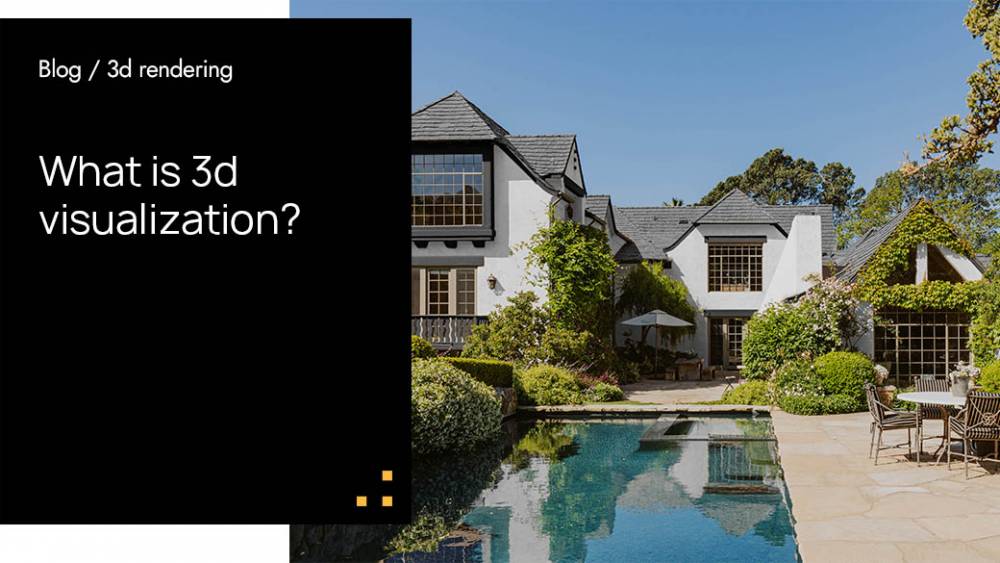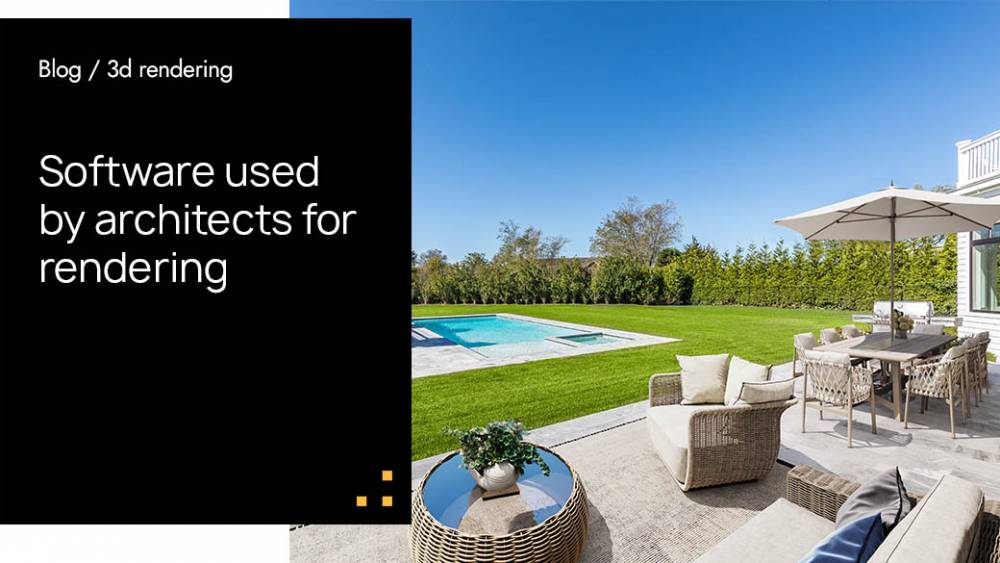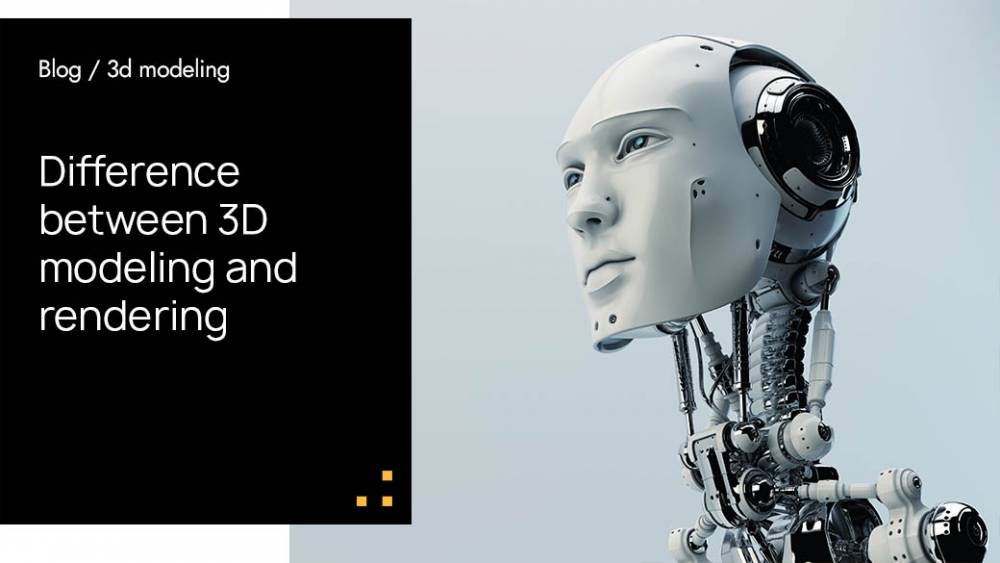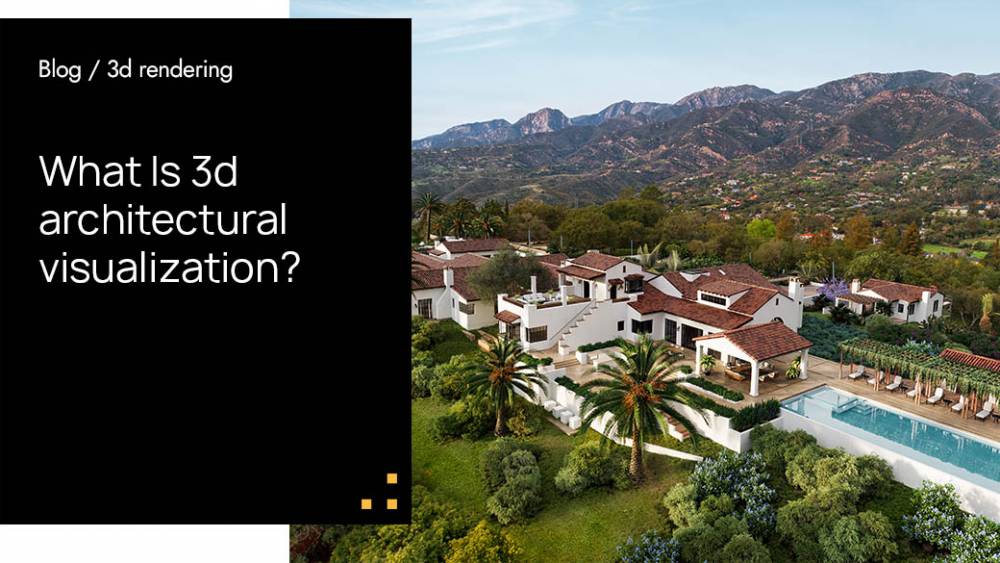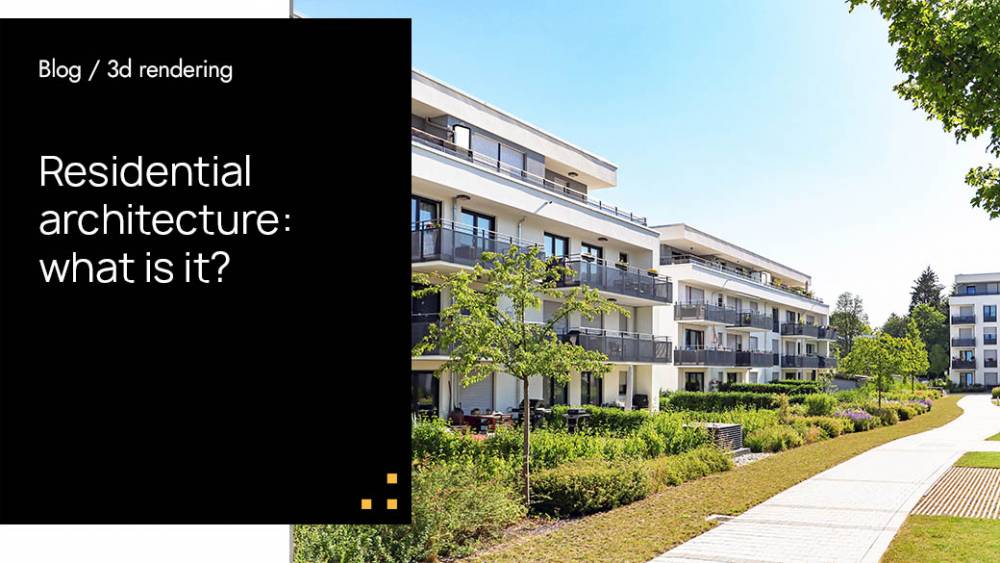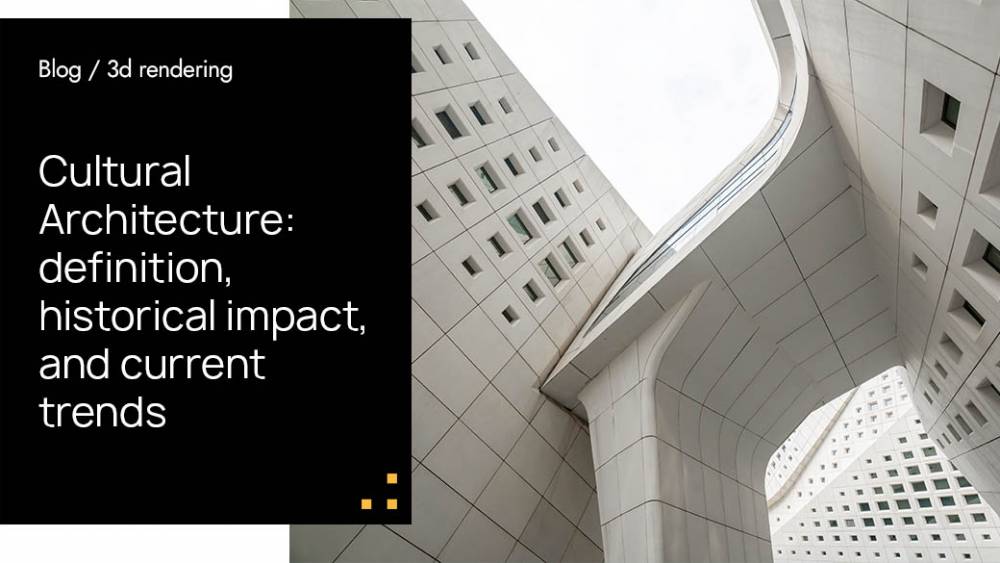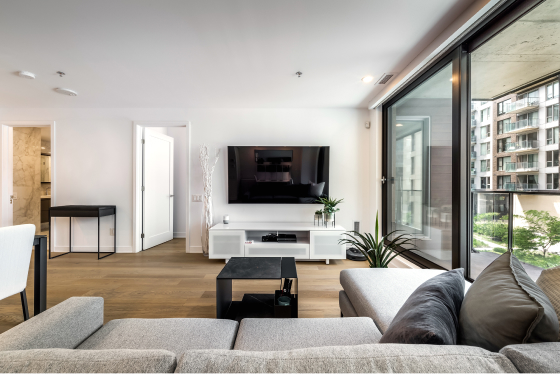Essential Elements of Real-Time Rendering:
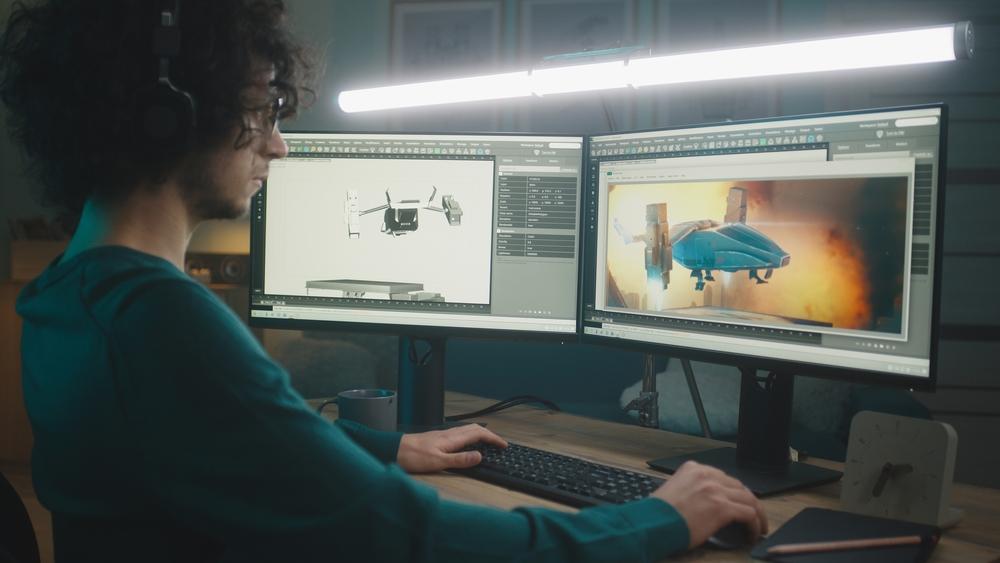
The Power of the GPU:
At the heart of real-time rendering lies the Graphics Processing Unit (GPU), a specialized processor that accelerates the rendering process. GPUs excel at parallel processing, allowing them to handle complex calculations required for rendering numerous pixels at once.
Shaders: Crafting Visual Magic:
Shaders play a pivotal role in real-time rendering by governing how light interacts with virtual objects. Vertex shaders manage geometry transformations, while fragment shaders handle pixel color calculations, lighting effects, and textures. Tinkering with shaders in real-time brings dynamic visual effects to life.
Lighting and Shading Models:
Real-time rendering employs simplified lighting and shading models that strike a balance between realism and efficiency. These models simulate how light interacts with surfaces, creating realistic visuals without the computational intensity of physically accurate rendering techniques.
Transforming to 2D:
Rasterization is a crucial step in real-time rendering. It converts 3D models into 2D images by projecting their vertices onto the screen. This process forms the foundation of generating pixels that compose the final image users see.
Applications of Real-Time Rendering:

A Playful Universe. Gaming:
The gaming industry has been at the forefront of adopting real-time rendering. Gamers can dive into lifelike environments, experience responsive animations, and enjoy dynamic lighting effects that amplify immersion and elevate gameplay quality.
Architectural Marvels in Digital Form. Architectural Visualization:
In architecture, real-time rendering empowers architects and clients to visualize structures and spaces before construction commences. The inclusion of realistic lighting, materials, and textures offers an accurate representation of the final masterpiece.
The Reality in Virtual. VR and AR:
Real-time rendering is the cornerstone of creating immersive Virtual Reality (VR) and Augmented Reality (AR) experiences. Users can interact with digital environments and objects, blurring the lines between the digital realm and reality.
Automotive Dreams. Automotive Design and Simulations:
Automotive designers utilize real-time rendering to visualize the impact of various materials and lighting scenarios on vehicle appearances. Additionally, it plays a pivotal role in driving simulations and safety tests.
Design Excellence. Product Design and Marketing:
Product designers and marketers harness real-time rendering to showcase products in interactive and photorealistic settings. This empowers customers to explore products from different angles, colors, and lighting conditions.
Advantages of Real-Time Rendering:
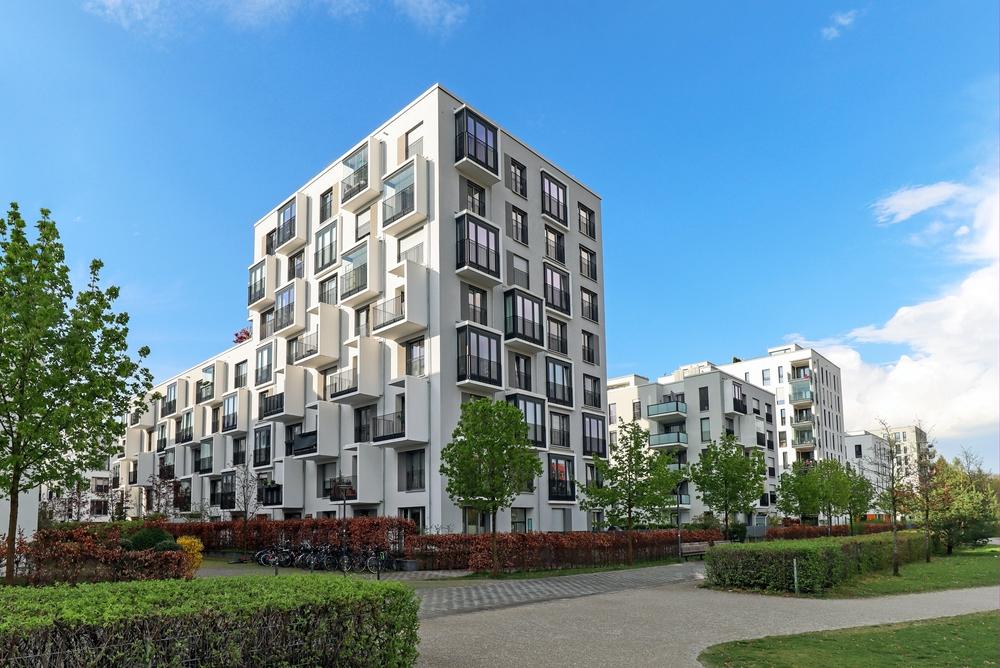
A Touch of Interactivity:
Real-time rendering's chief advantage is its interactivity. Users can make changes, adjust settings, and see immediate visual transformations, heightening the user experience.
Efficiency Matters:
Unlike pre-rendering complex scenes, real-time rendering conserves time and computational resources. This agility enables swift iterations and on-the-spot adjustments during design processes.
Instant Gratification:
Real-time rendering offers instant visual feedback, empowering designers, developers, and artists to make informed decisions in real-time.
Realistic Charm:
Through shaders and simplified lighting models, real-time rendering achieves remarkable realism, enhancing the authenticity of virtual worlds.
Challenges and Future Prospects:

Performance Puzzles:
Real-time rendering necessitates potent hardware, primarily GPUs, which can pose limitations for devices with less processing power.
Mastering Optimization:
Ensuring seamless real-time rendering across a wide array of devices requires intricate optimization techniques.
Striking the Balance:
To maintain real-time performance, certain aspects of realism might be compromised, such as using simplified lighting models or lower-resolution textures.
Navigating Complex Scenes:
Real-time rendering grapples with intricate scenes that contain multiple dynamic elements, as they can strain computational resources.
Conclusion:
Real-time rendering has ushered in a new era of interactive and visually captivating digital experiences. With its foundational elements like GPUs, shaders, and simplified lighting models, real-time rendering empowers us to explore lifelike worlds across gaming, architecture, VR, and more. As technology advances, real-time rendering's role in shaping digital interactions and visual storytelling will undoubtedly continue to expand, offering us new dimensions in how we experience and interact with the digital realm.
